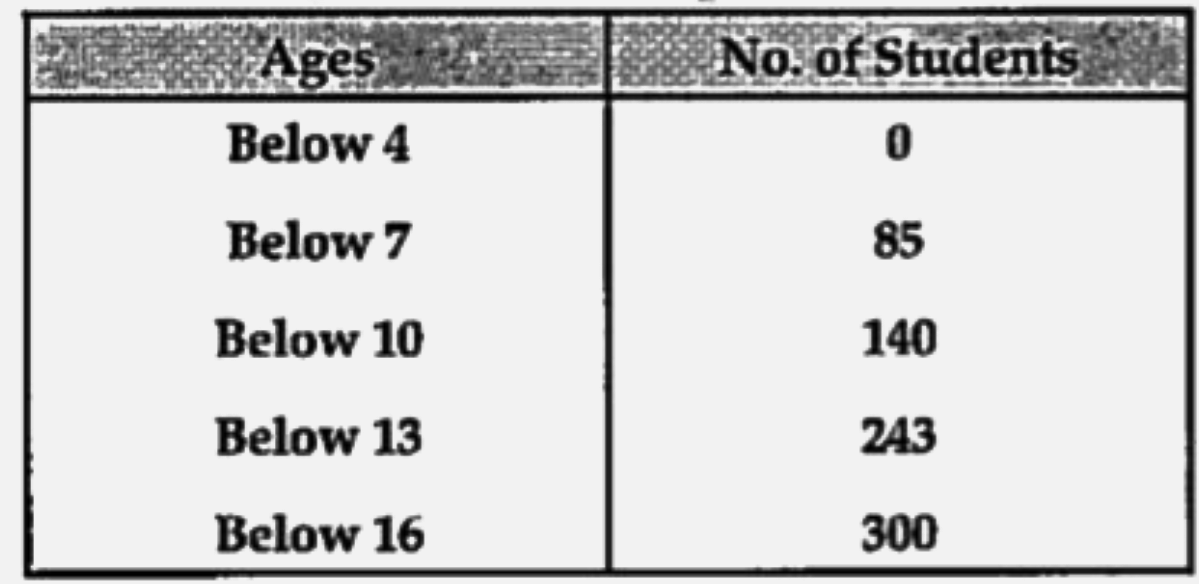State variation in number of shells in Group
Step-by-Step Solution:
1. Understanding Groups in the Periodic Table:
- Groups are the vertical columns in the periodic table. Each group contains elements that have similar chemical properties.
2. Identifying the Variation in Number of Shells:
- As you move down a group in the periodic table, the number of electron shells increases. This is because each successive element has an additional electron shell compared to the one above it.
3. Example from Group 1:
- Let's consider Group 1 elements: Hydrogen (H), Lithium (Li), and Sodium (Na).
- Hydrogen (H): Has 1 shell (1 electron).
- Lithium (Li): Has 2 shells (2 electrons in the first shell and 1 in the second shell).
- Sodium (Na): Has 3 shells (2 electrons in the first shell, 8 in the second shell, and 1 in the third shell).
4. Conclusion:
- Therefore, as we go down Group 1 from Hydrogen to Lithium to Sodium, we observe that the number of electron shells increases from 1 to 2 to 3. This trend is consistent across all groups in the periodic table.
- Groups are the vertical columns in the periodic table. Each group contains elements that have similar chemical properties.
- As you move down a group in the periodic table, the number of electron shells increases. This is because each successive element has an additional electron shell compared to the one above it.
- Let's consider Group 1 elements: Hydrogen (H), Lithium (Li), and Sodium (Na).
- Hydrogen (H): Has 1 shell (1 electron).
- Lithium (Li): Has 2 shells (2 electrons in the first shell and 1 in the second shell).
- Sodium (Na): Has 3 shells (2 electrons in the first shell, 8 in the second shell, and 1 in the third shell).
- Therefore, as we go down Group 1 from Hydrogen to Lithium to Sodium, we observe that the number of electron shells increases from 1 to 2 to 3. This trend is consistent across all groups in the periodic table.
Topper's Solved these Questions
- THE PERIODIC TABLE BOOK - ICSECHAPTER - THE PERIODIC TABLE EXERCISE - TOPIC 1 Modern Periodic Table and its Periodicity (3 Marks Questions )
33 Videos
- THE PERIODIC TABLE BOOK - ICSECHAPTER - THE PERIODIC TABLE EXERCISE - TOPIC 1 Modern Periodic Table and its Periodicity (5 Marks Questions )
44 Videos
- THE PERIODIC TABLE BOOK - ICSECHAPTER - THE PERIODIC TABLE EXERCISE - TOPIC 1 Modern Periodic Table and its Periodicity (1 Mark Questions )
25 Videos
- THE LANGUAGE OF CHEMISTRYBOOK - ICSECHAPTER - THE LANGUAGE OF CHEMISTRYEXERCISE - EXCERCISE 1(C ) (Correct the following statement)
21 Videos
- WATERBOOK - ICSECHAPTER - WATEREXERCISE - TOPIC 2 Solution (5 MARKS QUESTIONS)
5 Videos
Similar Questions
State variation in number of shells in Period
View SolutionConstruct the frequency distribution table from the following cumulative frequency table :

State the number of students in the age group 10 - 13.
View SolutionMaximum number of electrons in a sub-shell of an atom is determined by the following. State maximum number of electrons in p subshell
View SolutionWrite down electronic configuration of chromium (Z=24) and indicate in it.
(i) numbers of sub-shells
(ii) number of orbitals
(iii) number of electrons in M-shell
View SolutionIn the ground state of Cu+, the number of shells occupied, şubshells occupied, filled orbitals and unpaired electrons respectively are
View SolutionThe group in the modern periode table, in which all the elements do not have same number of electrons in their valence shell is :
View SolutionNumber of electrons in this energy shell is the same as the number of electrons in the valence shell.
View SolutionWith reference to period 3 of the periodic table - State:
The number of electrons in the penultimate shell of the element with valency -1.
View SolutionDiscuss the pattern of variation in the oxidation states of (a)B→TI and (b) C→Pb.
View SolutionWrite the number of electrons in the outermost shell of Sodium
View Solution
